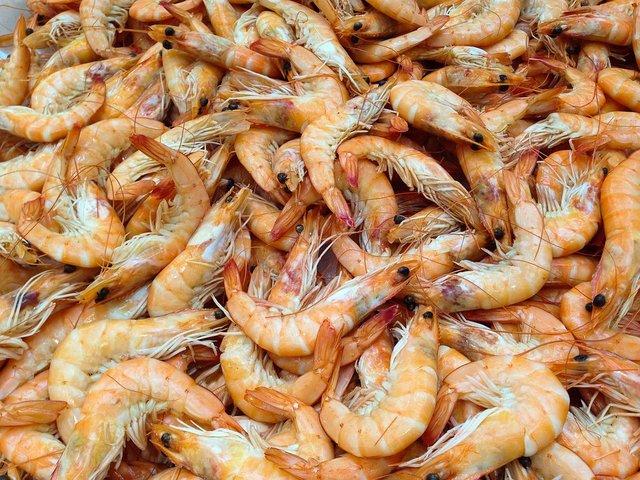
Certain shrimp species do exhibit a phenomenon called sequential hermaphroditism, where they change sex during their lifespan. However, this is not true for all shrimp species. Here's a breakdown for better understanding:
Species with Sequential Hermaphroditism:
- Start as males: In these species, individuals are born with male reproductive organs and function as males for a part of their life.
- Transition to females: Later, they undergo a physiological change and develop female reproductive organs, becoming females for the rest of their lifespan.
Examples of species with sequential hermaphroditism:
- Pink shrimp (Lysmata debilis): They transition from male to female after reaching a certain size or age.
- Mediterranean shrimp (Paracetoneaster stenosoma): They undergo sex change seasonally, transitioning from male to female in spring and back to male in fall.
Species with Separate Sexes:
- Born as either male or female: In these species, individuals develop and remain either male or female throughout their life.
Examples of species with separate sexes:
- Cherry shrimp (Neocaridina davidi): They are born as either male or female and retain their sex throughout life.
- Ghost shrimp (Palaemonetes paludosus): Similar to cherry shrimp, they are born as either male or female and maintain their sex throughout life.
Therefore, it's important to distinguish between species when making generalizations about shrimp. While sequential hermaphroditism is fascinating and occurs in some shrimp species, it's not applicable to all.
Thank you, friend!


I'm @steem.history, who is steem witness.
Thank you for witnessvoting for me.
please click it!
(Go to https://steemit.com/~witnesses and type fbslo at the bottom of the page)
The weight is reduced because of the lack of Voting Power. If you vote for me as a witness, you can get my little vote.
Downvoting a post can decrease pending rewards and make it less visible. Common reasons:
Submit
Downvoting a post can decrease pending rewards and make it less visible. Common reasons:
Submit